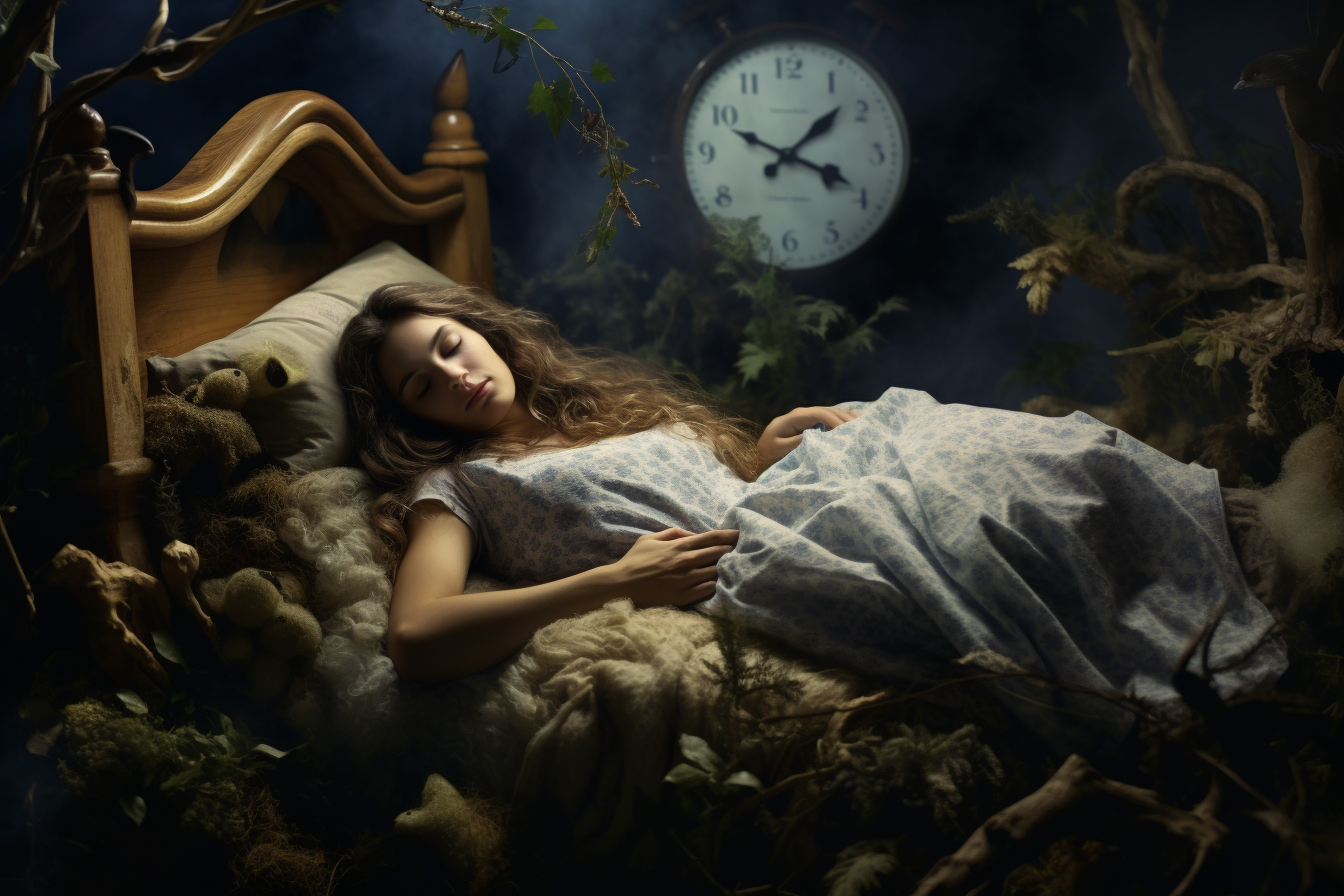Coverlets and quilts are both decorative bed toppers, but what distinguishes them? Understanding the differences in terms of usage, fabric, construction and style will help determine when to use a coverlet versus a quilt. Below is an in-depth comparison of coverlets vs quilts along with recommendations for incorporating each into your home decor.
Table of Contents
ToggleWhat is a Coverlet?
A coverlet is a thin, decorative bedding layer featuring woven, embroidered or jacquard designs. Coverlets are intended for ornamental value and light warmth rather than as essential bedding. They typically do not get tucked under the mattress but lay over the top.
What is a Quilt?
A quilt consists of three layered components – a woven or printed top layer, an insulating batting middle layer, and a backing fabric. The three layers get stitched together, often in decorative patterns, to form a thick bed cover that provides warmth. Quilts get tucked into the bed as part of making it.
Key Differences Between Coverlets and Quilts
While both can spruce up a bed, coverlets and quilts have distinct attributes:
Construction
Coverlets feature surface designs like embroidery or jacquard weaving. Quilts have three fabric layers surrounding inner batting with stitching to hold them together.
Usage
Coverlets layer decoratively atop other bedding as an accent. Quilts function as necessary blankets for warmth layered under other bedding.
Thickness
Coverlets are thin, fabric-only layers. The inner batting makes quilts substantially thicker and warmer.
Weight
Coverlets are lightweight and intended just for decoration. Quilts are heavier, made to provide actual warmth.
Size
Coverlets come in various sizes, often oversized. Quilts typically don’t exceed mattress length to allow tucking under.
Maintenance
Coverlets often require delicate dry cleaning. Most machine-made quilts are washable at home.
Cost
The intricate handiwork of coverlets makes them pricier. Mass-produced quilts cost less on average.
When to Use Coverlets vs Quilts
With their distinct characteristics, coverlets and quilts suit different purposes:
Use a Coverlet when you want:
- A decorative top layer over other blankets
- Lightweight breathability in warm weather
- To display intricate designs and needlework
- A heirloom bed topper for special occasions
- Accent drape at the foot of the bed or furniture
- An alternative lightweight summer blanket
Use a Quilt when you need:
- Substantial warmth and insulation under bedding
- A bedspread alternative you can tuck under
- Durable, machine-washable bedding for everyday use
- Front porch, camping or picnic blanket
- Collectible antique quilts sturdy enough for regular use
- An heirloom bedspread usable as a regular blanket
Assess your personal bedding needs and style goals to decide whether a decorative coverlet or cozy quilt better suits your purposes.
Popular Coverlet Fabrics
Coverlets come in a variety of fabrics:
Cotton
Affordable, breathable and machine washable. The most common lightweight coverlet fabric.
Linen
Luxurious natural fiber coverlets with beautiful drape but higher cost.
Wool
Warm and insulating wool coverlets perfect for winter. Often dry clean only.
Silk
Very soft and luxurious silk coverlets. More delicate and high maintenance.
Polyester
Synthetic coverlets that resist wrinkles but aren’t breathable. Require less care.
Rayon
Has an attractive sheen but less durability than natural fabrics.
Common Quilt Fabrics
Quilts utilize these materials in their construction:
Cotton
Most affordable and widely used. Provides breathability.
Wool
Provides unmatched warmth and loft. Costlier but valued for insulation.
Polyester
Polyester batting adds height and maintains shape. Poly-cotton tops breathe better.
Flannel
Soft, slightly napped cotton flannel common on quilt backsides. Adds extra coziness.
Amish Quilts
Often incorporate recycled wool, cottons, silks from aged clothing.
Popular Coverlet Styles
Classic coverlet designs include:
Matelassé and Chenille
Made using specialty weaving for plush, sculpted texture. Usually cotton or rayon.
Embroidered and Applique
Elaborate surface embroidery and stitched applique designs. Timeless and ornate.
Block Patterned
Mixed fabric patterns like log cabin and wedding ring designs. Provide modern or traditional looks.
White on White
Crisp white coverlets with delicate white-on-white patterns like lace and flowers. Fresh, light feel.
Vintage and Antique
Beautifully preserved heritage coverlets, often irreplaceable hand-sewn heirlooms.
Regional
Distinctive patterns and motifs specific to locations. Like Amish, Hawaiian and Navajo designs.
Popular Quilt Patterns and Styles
Traditional and modern quilt patterns include:
Log Cabin
Interlocking light and dark rectangular quilt “logs” representing cabin walls. One of the most iconic quilt patterns.
Amish
Colorful geometric pieced diamonds or stars. Bold and graphic when made in solids.
Patchwork
Small fabric pieces sewn into medallion, star, floral and geometric motifs. Often pastels.
Applique
Stitched fabric cutouts forming floral, storybook or other whimsical imagery.
Modern
Contemporary quilts with graphic prints, asymmetry and negative space play.
Art Quilts
Painterly designs with bold colors, embellishments and enhanced dimension.
Incorporating Coverlets and Quilts in Your Bedroom
Use coverlets and quilts together creatively:
- Hang a meaningful vintage family quilt above the bed as artwork.
- Layer a lightweight vintage quilt at the foot for a pop of color and pattern.
- Roll up a wool coverlet at the foot of the bed for winter insulation.
- Use quilts on beds needing tucked-in layers and save coverlets for accent chairs.
- Display a dated quilt on a rack for interest; use modern coverlets on the bed.
- Match quilt and shams to your color scheme; drape a contrasting heirloom coverlet at the foot.
Mixing quilts and coverlets allows honoring heirlooms while using your newest bedding.
Caring for Coverlets vs. Quilts
- Coverlets often require dry cleaning for delicate embellishments.
- Most machine-made quilts can be home washed and dried with care.
- Handwash vintage or fragile pieces using mild detergent.
- Wash in large commercial machines on gentle cycle.
- Dry quilts and coverlets flat or line dry to prevent heat damage.
- Refold gently along existing creases and fold lines.
Coverlet and Quilt FAQs
How do you use a coverlet on a bed?
Traditionally coverlets layer loosely over the top flat sheet for decoration. But they can also cover the bed alone or be folded at the foot as an accent.
Are quilts better than comforters?
It depends on your needs. Quilts offer more breathability and insulation. But down-alternative comforters provide uniform warmth, density and easier care.
Do coverlets go over or under the flat sheet?
Coverlets always layer over the top flat sheet as the final decorative layer, aligned with pillow shams. No tucking under needed.
What size coverlet do I need for my bed?
Coverlets come sized equal to the bed length but also look great oversized, draping longer and wider than the mattress edges.
Is a quilt just a fancy blanket?
While they serve similar functions, quilts are distinct with their 3 fabric layers and decorative stitching. Blankets are single pieces like fleece or wool for warmth.
What’s the difference between a quilt and duvet?
A duvet contains fillers but needs a removable cover. Quilts have decorative tops with fillers inside but don’t require a duvet cover.
Final Takeaway
Hopefully this guide has illuminated the nuanced differences between quilts and coverlets. Coverlets provide beautiful, ornamental layers while quilts offer needed warmth and comfort. With this knowledge in hand, visit quilt shops, bedding retailers or antique stores to discover your perfect pieces and incorporate them into your home decor.
Originally posted on September 20, 2023 @ 7:04 pm
Author
-

Dr. Barry Jarvis is a renowned sleep specialist, dedicating their illustrious career to the intricate world of sleep medicine. Holding a medical degree from a prestigious institution, Dr. Jarvis has cultivated a deep understanding of the complex mechanisms that govern sleep and its pivotal role in overall health and well-being. With a compassionate approach and a meticulous eye for detail, Dr. Jarvis has helped countless individuals reclaim restful nights and vibrant days. Beyond their clinical expertise, they have contributed to groundbreaking research in sleep medicine, unraveling the mysteries of sleep disorders and pioneering innovative treatments that stand at the forefront of the field.
Dr. Barry Jarvis
Dr. Barry Jarvis is a renowned sleep specialist, dedicating their illustrious career to the intricate world of sleep medicine. Holding a medical degree from a prestigious institution, Dr. Jarvis has cultivated a deep understanding of the complex mechanisms that govern sleep and its pivotal role in overall health and well-being. With a compassionate approach and a meticulous eye for detail, Dr. Jarvis has helped countless individuals reclaim restful nights and vibrant days. Beyond their clinical expertise, they have contributed to groundbreaking research in sleep medicine, unraveling the mysteries of sleep disorders and pioneering innovative treatments that stand at the forefront of the field.








